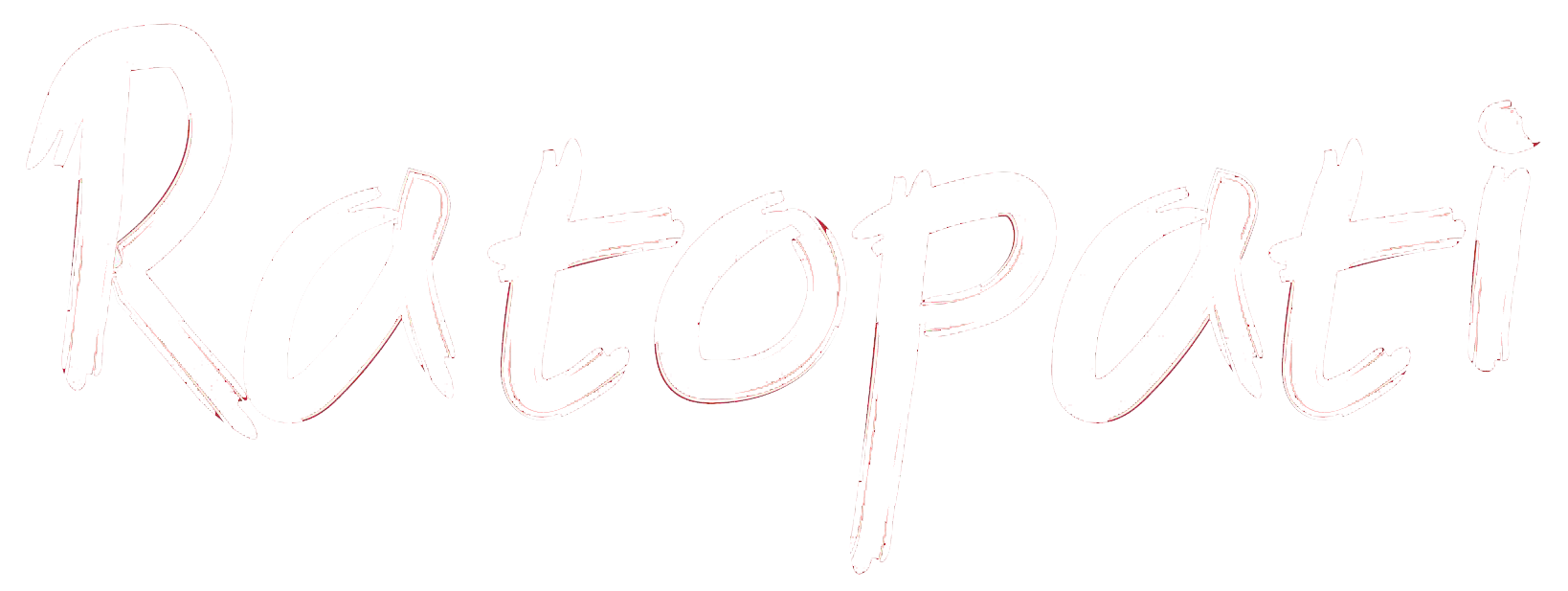Locals continue cultivation at archaeological areas

Kathmandu - Mohan Poudel Locals have planted paddy at the historical and archaeological place, Ramgram Stupa area, located at Nawalparasi ( Bardaghat-Susta West). It is said the place has many different types of articles and remnants with archaeological importance. There is also the relic of Lord Gautam Buddha at Ramgram Stupa. Locals said that they have been planting crops on this land towards west part of Stupa since many years.
The land belongs to the Lumbini Development Trust. A local Khaderu Harijan has planted paddy saplings on more than two kaththas of land. Daughter-in-law of Khaderu , Rashmi Harijan, said no one has asked them not to plant crops there. She said, “We have been cultivating the land here for the past many years.
We have planted paddy this year too. We will stop it once the area is fenced.” The Lumbini Development Trust has already given them compensation of the land that it acquired for preservation because of its archaeological significance. Locals have been farming the land and grazing their cattle not knowing the importance of the land. Stakeholders have laid emphasis on protection of land by stopping such activities on this area.
A local Sunil Koiri shared archaeological goods of the area might get damaged or lost as the Trust has not fenced at other remaining areas that have been acquired except Stupa area. A survey team had suggested not to construct any infrastructure in the area as there are different types of archaeological structures. Archaeology Officer of Trust, Himal Upreti, said, “We recently knew about the plantation of paddy at the area. One cannot cultivate the land already acquired by the Trust. We will stop locals from doing this onwards.
” The Stupa coveres around 24 bighas of land. The Trust has also made preparation to acquire more land at Stupa area. An intensive research study was conducted to collect enough evidences to enlist the Ramgram area in World Heritage Site last year. The study was also centred on completing the master planned developed for the holistic development of the region and the Stupa.
The Ramgram area which was discovered by historian Dr W Hood in 1997 where geological survey was carried out in 1999 discovering remnants of the monastery and different structures made by Maura regime. After that the area was quarried by archaeologist Shukra Sagar Shrestha led team extracted the area and identified various structures dated back to Buddha era, said officer Ram Kumar Kunwar. He added that the Ramgram Master Plan will also come in to operation from this year as government has allocated resources and budget for the same.
Ramgram is mainly Hindu but also an important place for Buddhists because it is the location of Ramagram stupa. This stupa, which was constructed around 2,500 BC, contains one of the relics of Buddha. Of then eight republican principalities, the Koliya republican principality had placed one relic there. The Ramgram stupa is considered one of the virgin and not quarried stupas as other stupas constructed placing Buddha’s relics. Then Nagaraja (ruler) had barred Emperor Ashok from extracting the Stupa as he had been there after extracting all seven stupas. (Photo available)









Leave Comment